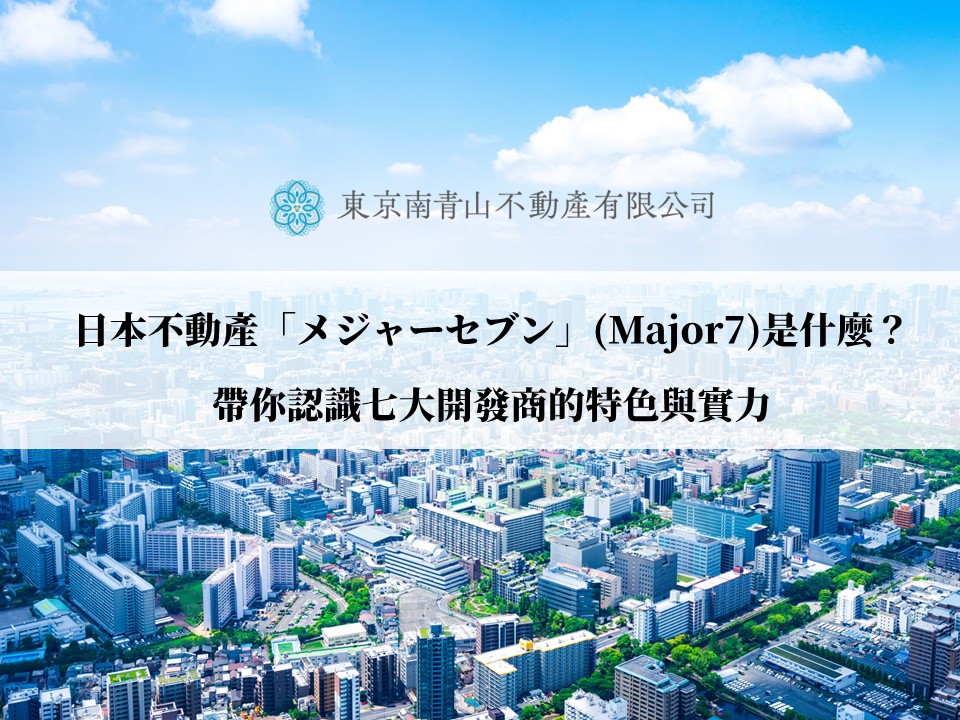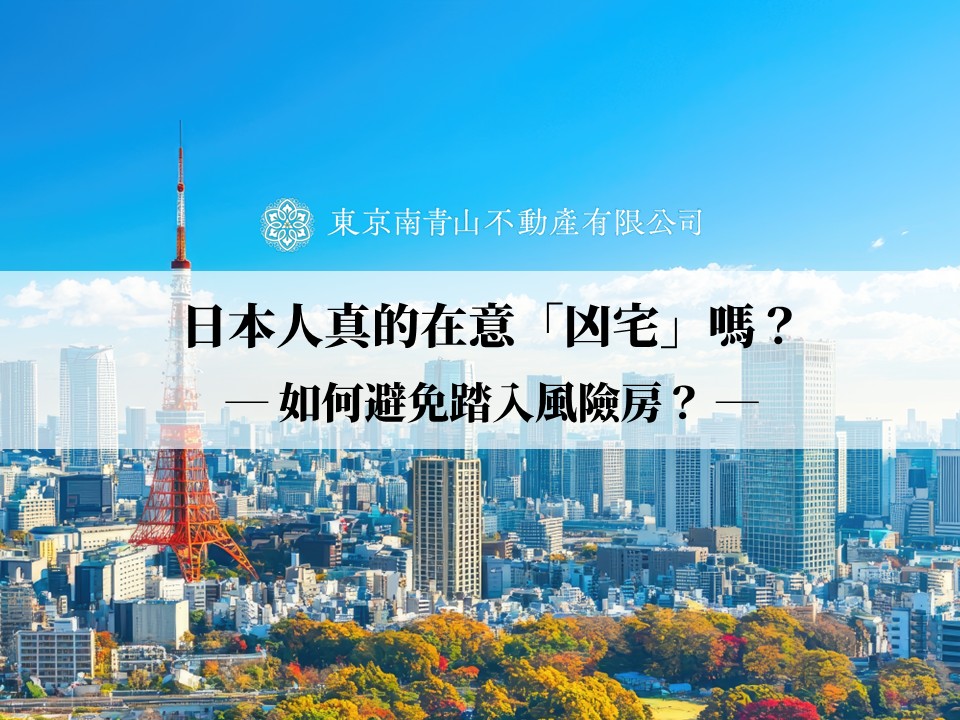The reason why Japanese real estate has been attractive to foreign investors in the past is not only because of the stable location value and considerable rental income but also, more importantly, the extremely low interest rate policy. For more than a decade, the Bank of Japan has maintained extremely low interest rates, making real estate investment attractive with "low capital costs and stable returns," becoming a target of global investors' attention.
However, in 2025, Japan officially raised interest rates to 0.5%, representing a normalization of monetary policy. Does this shake the foundation of the attractiveness of Japanese real estate? For foreign investors, how should they reassess the timing and strategy of entering the market?
This article will deeply analyze the impact of interest rate hikes on the Japanese real estate market and provide practical decision-making advice for investors to help you find opportunities in this wave of transformation.
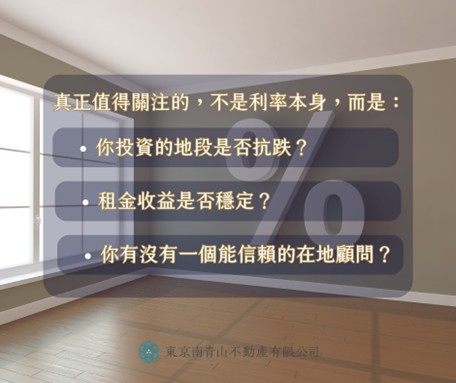
What does Japan's official interest rate hike to 0.5% in 2025 mean?
Since the 2008 financial crisis, the Bank of Japan (BOJ) has implemented ultra-low interest rate policies, keeping the policy rate below 0.1%. From 2016, it further entered negative interest rates (-0.1%).
Starting in 2024, the Bank of Japan (BOJ) raised interest rates for the first time in 17 years, attracting significant market attention. In 2025, the BOJ further raised the benchmark interest rate from 0.1% to 0.5%, officially ending the decades-long "zero interest rate era."
Historical Changes in Japan's Interest Rates
Although 0.5% is still considered a low interest rate globally, this change sends several important signals:
Future capital costs will steadily rise, and market liquidity will gradually tighten.
Loan-based investments need to be evaluated more cautiously, with a focus on balancing returns and risks becoming central to investment decisions.
The "high returns + low interest rates" sweet spot has passed, and investment strategies need to transform.
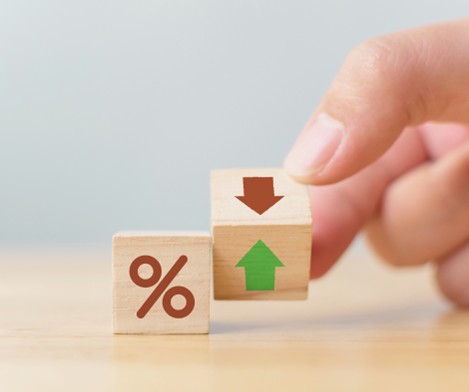
The End of the Zero Interest Rate Era: What Does It Mean for the Japanese Real Estate Market?
The BOJ gradually exited negative interest rate policies at the end of 2024, raising the benchmark interest rate from 0.1% to 0.5% in 2025, and plans to push mortgage rates to the 1.5%-2.0% range. This adjustment means that the cost of purchasing homes will slightly increase, potentially suppressing market demand to some extent.
However, the real estate markets in Japan's core cities like Tokyo and Osaka still show strong demand and resilience. Especially in Tokyo's 23 wards, the average price of new apartments reached 128 million yen (approximately NT$26.5 million) in 2024, setting a historical high, indicating that the market's enthusiasm for high-quality real estate remains undiminished.
According to Japanese real estate statistics, as of early 2025, even with the benchmark interest rate raised to 0.5%, the annual growth rate of the residential price index in the capital region (Tokyo, Saitama, Kanagawa, Chiba) still exceeds 8%. After adjusting for inflation, the real increase is still about 4%, indicating that the interest rate hike policy has not significantly cooled core area housing prices. These data further confirm that Japan's core real estate market has long-term inflation resistance and asset preservation advantages, showing good investment resilience even in the global interest rate hike wave.
Real Estate Transaction Prices
Link Capital Region Residential Price Index
Short-term: Market sentiment is cautious, transaction pace slows, but price support remains
With mortgage rates rising from 0.5%-1.0% to 1.5%-2.0%, monthly repayment pressure will increase, especially for homebuyers. General consumers may delay their home purchase plans due to budget constraints, leading to a short-term slowdown in market transactions.
Many investors are adopting a wait-and-see approach, waiting for the BOJ's policy and exchange rate changes, and evaluating interest rate changes, exchange rate trends, and international capital movements before deciding whether to enter the market. Short-term transaction volume declines, but core areas like Tokyo still have price support due to stable supply and demand, with limited volatility.
Taking the purchase of a 100 million yen property in Tokyo's core area as an example
Monthly cash flow pressure increases by approximately ¥50,000 (about NT$10,500).
Even with just a 1.5% interest rate difference, the total payment increases by 18 million yen.
If rental income does not increase accordingly, the return rate will be significantly diluted.
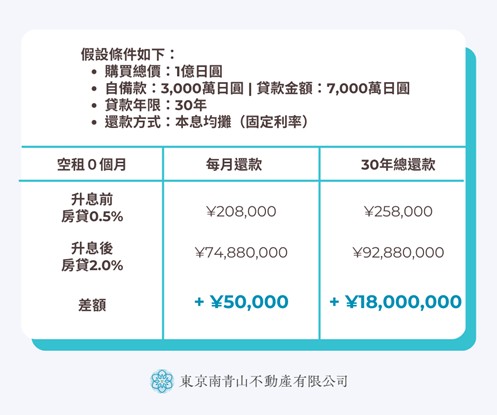
Medium to long-term: Fundamentals are the real driving force behind prices
According to Japanese real estate statistics, the first quarter of 2025 saw prices in the Minato Ward rise instead of fall, indicating that core areas did not cool down due to the interest rate hike.
Although rising capital costs compress the return space, the real key factors affecting housing prices are "location," "supply and demand," and "rental strength." The overall market is moving towards a clear "three-polarization trend," with increasing regional performance differences.
Housing prices and rents in core cities continue to rise, with the average price of second-hand apartments in urban core areas (such as Tokyo's Chiyoda Ward) approaching 200 million yen.
Secondary cities (such as Fukuoka and Nagoya) are steadily rising.
Rural areas (such as parts of Tohoku and Kyushu) are experiencing low housing prices and high vacancy rates due to population loss.
In the current market environment, Minato Ward's Minami-Aoyama in Tokyo shows strong resistance to fluctuations and value preservation due to its unique location advantages. As a top residential area in Minato Ward, Minami-Aoyama gathers many embassies, flagship stores, and foreign headquarters, with complete living functions and scarce land and housing supply, forming a core support for stable housing prices.
International core location, forming strong demand support: Concentrating foreign corporate headquarters, embassies, and flagship stores of luxury brands, it is one of the few residential areas in Tokyo with both international visibility and economic centrality. It has long attracted senior executives, expatriates, and wealthy families.
Gathering of expatriates and high-asset groups, stable rental demand: The resident structure is mainly high-income professionals and corporate executives, with high rental affordability. The area is equipped with multilingual friendly services, international schools, and high-end living facilities, forming a stable rental market, with fewer vacancies even during economic fluctuations.
Extremely limited land supply, scarce circulating properties: Strict area planning, development density has reached saturation. New projects are mostly high-end redevelopment or renovation projects, with highly controlled housing quality and living environment. Low circulation rate of properties and tight resale market further enhance value preservation and price support.
The market shock caused by the interest rate hike forms a natural "screening mechanism" for core areas with stable fundamentals—short-term speculative funds gradually exit, while investors with long-term asset allocation thinking have more opportunities to calmly observe and accurately select high-quality targets.

In the era of interest rate hikes, location selection and cash flow evaluation become more critical.
We observed that at the beginning of 2025, the actual inquiry rate in areas like Minami-Aoyama and Roppongi did not decline; instead, it attracted more stable investors from Taiwan. This indicates that under the background of interest rate hikes, market funds are moving towards a more rational and long-term direction.
Facing the structural changes brought by interest rate hikes, investors need to adjust their past investment models. The following three points are particularly noteworthy:
1. Focus on high-end properties in core cities: Such as the seven central wards (Chiyoda, Chuo, Minato, Shinjuku, Shibuya, Shinagawa, and Bunkyo) or other areas in Tokyo's 23 wards. Even though housing prices are relatively high, they are still favored due to stable demand and strong resistance to depreciation. The rental market is mainly supported by high-asset groups and dual-income families, with a gross rental yield (表面利回り) of 3% to 5%.
2. Diversify investment risks: Consider allocating funds to various assets such as residential, commercial real estate, and data center land to cope with market fluctuations. The short-term rental boom brought by the Osaka Expo is particularly worth noting.
3. Choose professional agents with comprehensive services, multilingual capabilities, and management experience: This helps grasp market trends and improve the efficiency of cross-border home purchases and investments.

Three major opportunities for investing in the Japanese real estate market in 2025
Despite the challenges, there are still many opportunities worth noting in the Japanese real estate market in 2025. Here are three highlights that investors should not miss:
• Core city real estate market supported by positive factors, with stable demand growth:
• Core cities in Japan, such as Tokyo and Fukuoka, benefit from large public construction projects (such as the redevelopment of Shinagawa Station), with stable growth in residential and commercial real estate market demand.
• The 2025 Osaka Expo is expected to attract about 28 million visitors, further boosting local accommodation and short-term rental property demand.
• In the office market, the vacancy rate in core business districts has dropped to 4.76%, below the 5% supply-demand balance indicator, with an average rent increase of 4.5% (Nikkei Chinese).
• Demand for medical real estate brought by aging population: Japan will enter a super-aged society in 2025, with a large number of baby boomers (born 1947-1949) turning 75 and older. Residential properties near medical facilities and with high convenience are favored, making senior housing and medical real estate new investment focuses.
• New opportunities in technology and green buildings:
• With the surge in AI computing power demand, Tokyo, as a major market in the Asia-Pacific region, sees rising demand for data center land.
• At the same time, Japan's "green transformation" policy promotes solar power generation, increasing land transaction volumes and opening up new markets for investors.
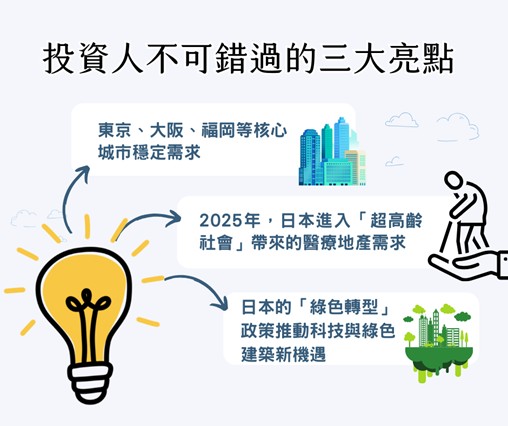
Interest rate hikes are not the end, but the beginning of investment evolution
In 2025, after ending more than a decade of zero interest rates, the Japanese real estate market officially enters a new phase of interest rate balance. Despite the uncertainties brought by interest rate hikes and inflation pressures, the stable demand in core cities like Tokyo, the demand for medical real estate driven by aging, and the development potential of green buildings and tech housing still provide medium to long-term growth opportunities for investors.
This wave of interest rate hikes also shifts investment mentality from "opportunity-oriented" to "asset allocation-oriented." Choosing the right advisor, selecting the right location, diversifying risks, and utilizing professional resources to cope with market changes can still create high-quality assets worth holding long-term, even in a volatile market.



